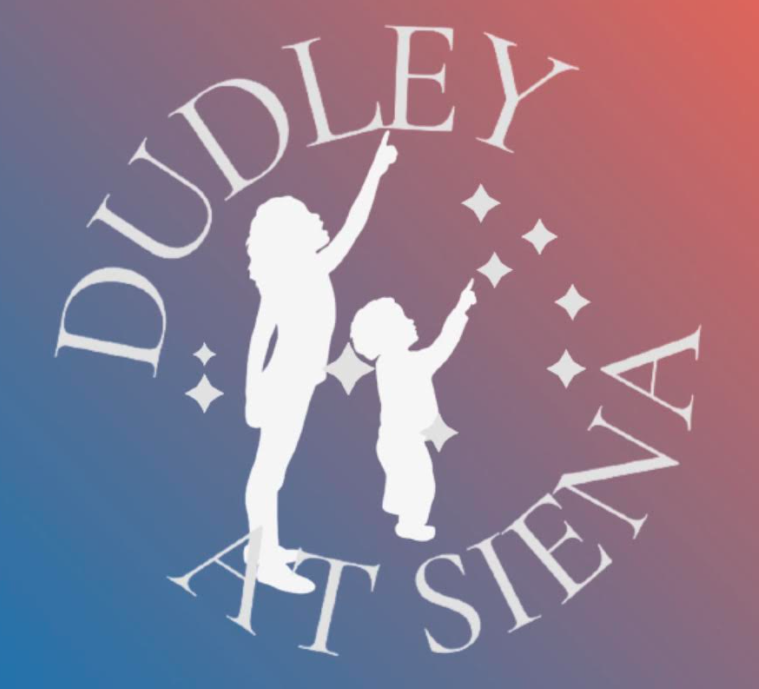Skywatch Line for Friday, February 7, through Sunday, February 9, written by Sam Salem
This is Dudley Observatory’s Skywatch Line for Friday, February 7, through Sunday, February 9, written by Sam Salem.
On Friday, Sun rises at 7:03 am and sets at 5:17pm; Moon sets at 3:31am and rises at 11:59 am.
On Friday, the waxing gibbous Moon will be near Jupiter. The Moon will lie between Capella and the red supergiant star Betelgeuse. Capella is the brightest star in the constellation of Auriga the Charioteer. Betelgeuse is the 2nd brightest star in Orion the Hunter. The Moon and Jupiter will set several hours after midnight.
On the Saturday and Sunday evenings, the bright waxing gibbous Moon will move close to Mars and the twin stars of Gemini, Castor and Pollux. As evening grows late on Saturday, Mars shines straight left of the Moon.
On Saturday, Jupiter’s innermost large moon, Io, crosses the planet’s bright face from 8:33 to 10:44 pm, distantly followed by its tiny black shadow from 9:46 to 11:58 pm. Both Io and its shadow creep from celestial east to west with respect to Jupiter. Callisto shines nearby in the foreground.
On Sunday, watch just a little east of Jupiter’s limb for Europa to emerge from eclipse out of Jupiter’s shadow at 6:36 pm, if the sky is dark by then. Use binoculars. After that, watch for Io also to emerge from eclipse at 9:16 pm.
Venus, magnitude –4.8 near the dim Circlet of Pisces, shines high and bright as the “Evening Star” in the southwest during twilight, then lower in the west-southwest later in the evening. Two hours after complete dark, it sets due west.
Venus appears as a thick crescent, about 35% sunlit in a telescope this week. Venus is enlarging week by week as it swings toward Earth. It’s now about 34 arcseconds from pole to pole, while waning in phase as it draws closer to our line of sight to the Sun.
Mars comes into view in twilight as a steady orange glimmer in the east. As darkness deepens, watch for Pollux and Castor emerge into view left of it. Mars is noticeably fading and shrinking to about magnitude –0.9 and 13 arcseconds in diameter.
For telescope observation, Mars climbs higher into best atmospheric seeing as evening advances. It passes just south of the zenith around 11 pm.
Jupiter, shines at a bright magnitude –2.5 in Taurus. It dominates the high south after dusk near Aldebaran and the Pleiades. Jupiter is about 42 arcseconds wide.
Saturn, magnitude +1.1 in Aquarius, is sits lower and lower under Venus during and just after dark. The gap between them is widening. Saturn is 15° below Venus on Friday.
Uranus, magnitude 5.7 at the Taurus-Aries border, is very high toward the southwest during early evening, 18° west of Jupiter along the ecliptic.
Neptune, at magnitude 7.9, is between Venus and Saturn right after dark. Use charts to help you locate Uranus and Neptune.
Orion is now high in the southeast right after dark. Left of it is Gemini, headed up by Castor and Pollux at far left. The stick-figure Twins are still lying on their sides.
Well below Twins legs is bright Procyon. Standing 4° above Procyon is 3rd-magnitude Gomeisa, Beta Canis Minoris, the only other easy naked-eye star of Canis Minor. The Little Dog is seen in profile, but only his back and the top of his head. Procyon marks his rump, Beta CMi is the back of his neck, and two fainter stars just above that are the top of his head and his nose. Use binoculars to help you locate the dim stars.
